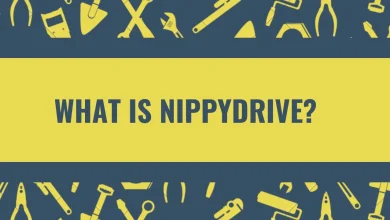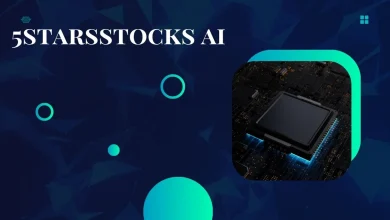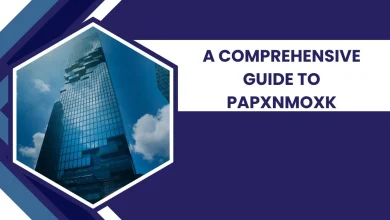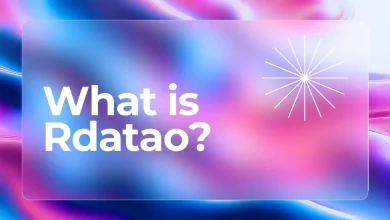Staģes: A Digital Platform
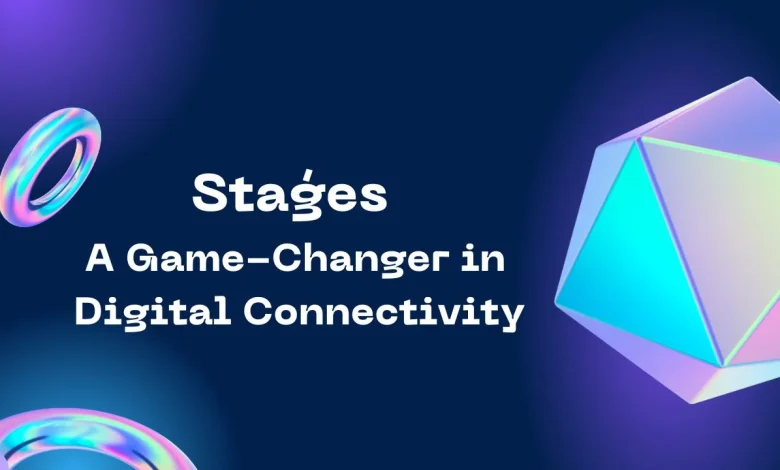
Staģes is an innovative digital platform designed to connect people through shared experiences. Whether it’s a virtual event, an online concert, or a digital meetup, Staģes allows users to create, join, and interact in various digital spaces. This article will delve into the various aspects of Staģes, including its features, benefits, potential drawbacks, and how it stands out in the digital platform landscape.
What is Staģes?
Staģes is a digital platform that allows users to create and participate in online events and experiences. It was developed to meet the growing demand for virtual gatherings, especially in the wake of global shifts towards remote work and digital connectivity.
Staģes provides a space for individuals and organizations to host live events, such as concerts, webinars, virtual parties, and more. The platform focuses on fostering a sense of community and connection, even when users are physically apart. It combines video, audio, chat, and other interactive features to make online events feel as close to in-person experiences as possible.
How Does Staģes Work?
Staģes is designed to be user-friendly, allowing anyone to create or join an event with just a few clicks. Users can register on the platform and browse various events happening in real time. Creating an event involves setting up a virtual space, deciding on the format, and inviting attendees. Hosts can choose from a range of interactive tools, such as live polls, Q&A sessions, and breakout rooms, to engage their audience.
Once the event starts, participants can join via a link, similar to other online meeting tools. Staģes uses advanced video and audio technology to ensure smooth streaming and an immersive experience for all users.
Key Features of Staģes
Staģes offers several unique features that set it apart from other digital platforms. One key feature is its customizable virtual environments, which allow hosts to create a unique setting for their events. These environments can be tailored to match the event’s theme, making the experience more engaging for participants.
Staģes also supports various formats, from small group discussions to large-scale concerts, and includes tools for audience interaction, such as chat functions, virtual hand-raising, and reaction emojis. The platform also integrates with social media, enabling users to share their experiences and invite friends easily.
Benefits of Using Staģes
Staģes provides numerous benefits for both event hosts and participants. For hosts, it offers a cost-effective way to reach a global audience without needing a physical venue. This flexibility allows for more creative freedom in event planning, as there are no limitations on location or space.
For participants, Staģes offers a chance to join events from anywhere in the world, expanding access to experiences that might otherwise be out of reach. The platform’s interactive tools enhance the event experience, making participants feel more involved and connected. Additionally, Staģes’ focus on security ensures a safe environment for all users.
| Pros of Staģes | Cons of Staģes |
|---|---|
| Easy to use for both hosts and participants | Requires a stable internet connection |
| Customizable virtual environments | Some features may be complex for beginners |
| Supports various event formats | Limited free features |
| Engages participants with interactive tools | Potential technical issues during events |
| Cost-effective for global reach | Competition from other platforms |
Potential Drawbacks of Staģes
While Staģes has many advantages, there are some potential drawbacks to consider. One of the main challenges is the reliance on a stable internet connection. Users with poor connectivity may experience issues such as lag or disruptions during events, which can impact the overall experience.
Another drawback is that while the platform is user-friendly, some of its advanced features might be overwhelming for beginners. Additionally, although Staģes offers many free features, some premium tools and capabilities require a paid subscription. This could be a limitation for users who are not ready to invest in a subscription service.
How Does Staģes Compare to Other Digital Platforms?
Staģes is not the only digital platform available for hosting virtual events, but it distinguishes itself through its unique features and focus on community-building. Unlike other platforms that primarily offer video conferencing, Staģes provides a more immersive experience with customizable environments and interactive tools.
Platforms like Zoom and Microsoft Teams are often used for business meetings and webinars, but Staģes is geared towards a broader range of events, including entertainment and social gatherings. This makes it a versatile choice for users looking to create a dynamic and engaging event experience.
Who Can Benefit from Using Staģes?
Staģes is a versatile platform that can be used by various individuals and organizations. Event planners, musicians, educators, and businesses can all benefit from the platform’s capabilities. Event planners can host large-scale virtual events, such as conferences and festivals, without the constraints of a physical location.
Musicians and entertainers can reach global audiences by hosting virtual concerts and shows. Educators can use Staģes to create interactive online classes or workshops, enhancing the learning experience for students. Businesses can host webinars, training sessions, and networking events, offering a professional yet engaging platform for employee and client interactions.
How Secure is Staģes?
Security is a top priority for Staģes, and the platform incorporates several measures to ensure user safety and data protection. Events hosted on Staģes can be set to private, requiring an invitation to join, which prevents unauthorized access.
The platform also supports end-to-end encryption for video and audio streams, ensuring that all communications remain private and secure. Additionally, Staģes offers moderation tools for hosts to manage participants and maintain a safe environment. These features are especially important for educational events or professional meetings where privacy and confidentiality are crucial.
Future Developments for Staģes
As a growing platform, Staģes is continually evolving to meet the needs of its users. Future developments may include enhanced virtual reality (VR) capabilities, allowing for even more immersive event experiences.
The platform is also likely to expand its range of interactive tools, giving hosts more options for engaging their audience. Integration with additional third-party apps and services could also be on the horizon, making it easier for users to incorporate Staģes into their existing workflows. Continuous updates to security features will remain a priority to protect users’ privacy and data.
Conclusion
Staģes offers a unique solution for those looking to connect with others through digital events. Its blend of interactive features, customizable environments, and strong security measures make it a standout choice for hosting virtual gatherings.
While it has some limitations, such as the need for a stable internet connection and a learning curve for some features, its benefits far outweigh the drawbacks. Whether for entertainment, education, or business, Staģes provides a versatile and engaging platform for connecting with people worldwide. As the platform continues to develop, it will likely become an even more integral part of how we experience events online.
